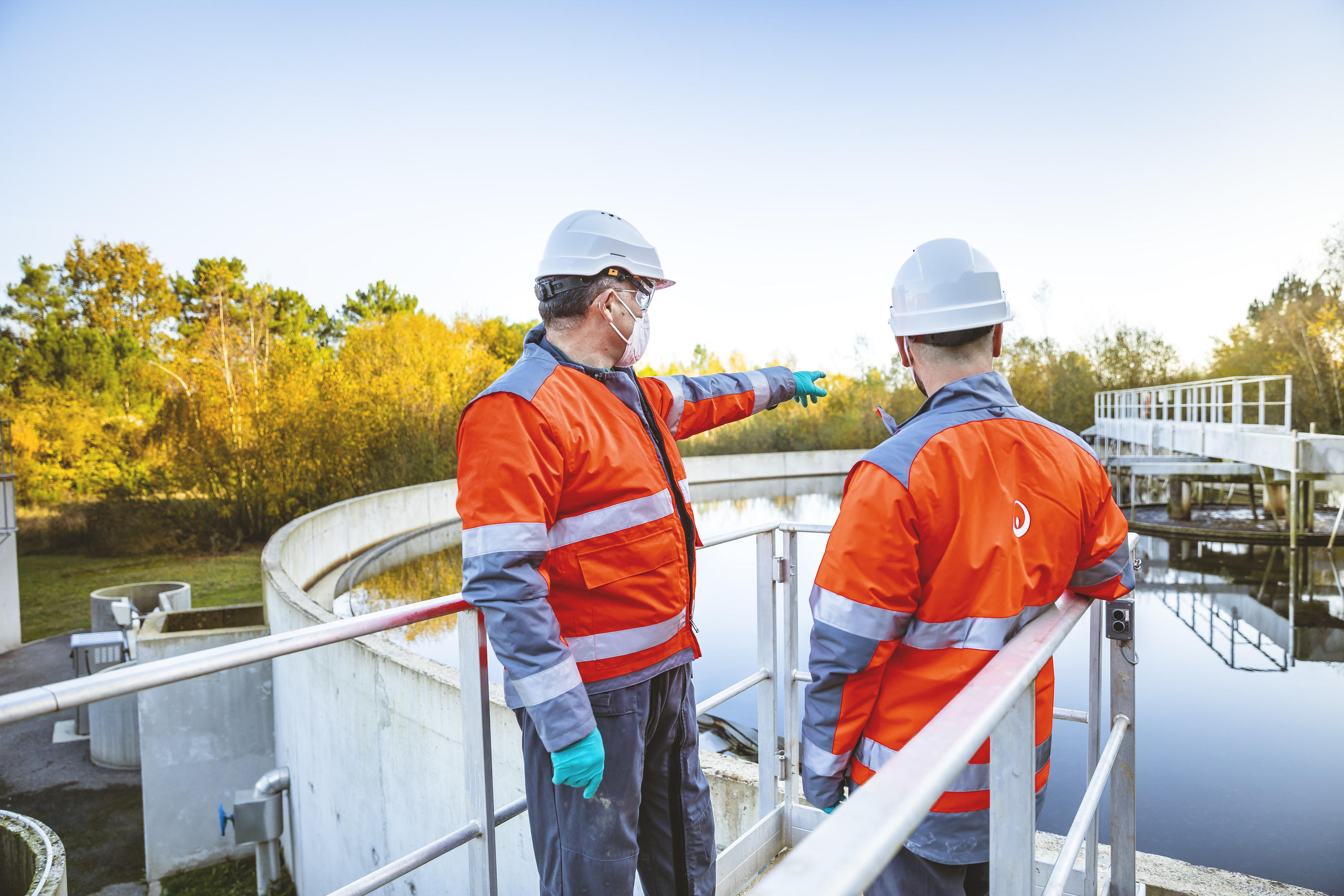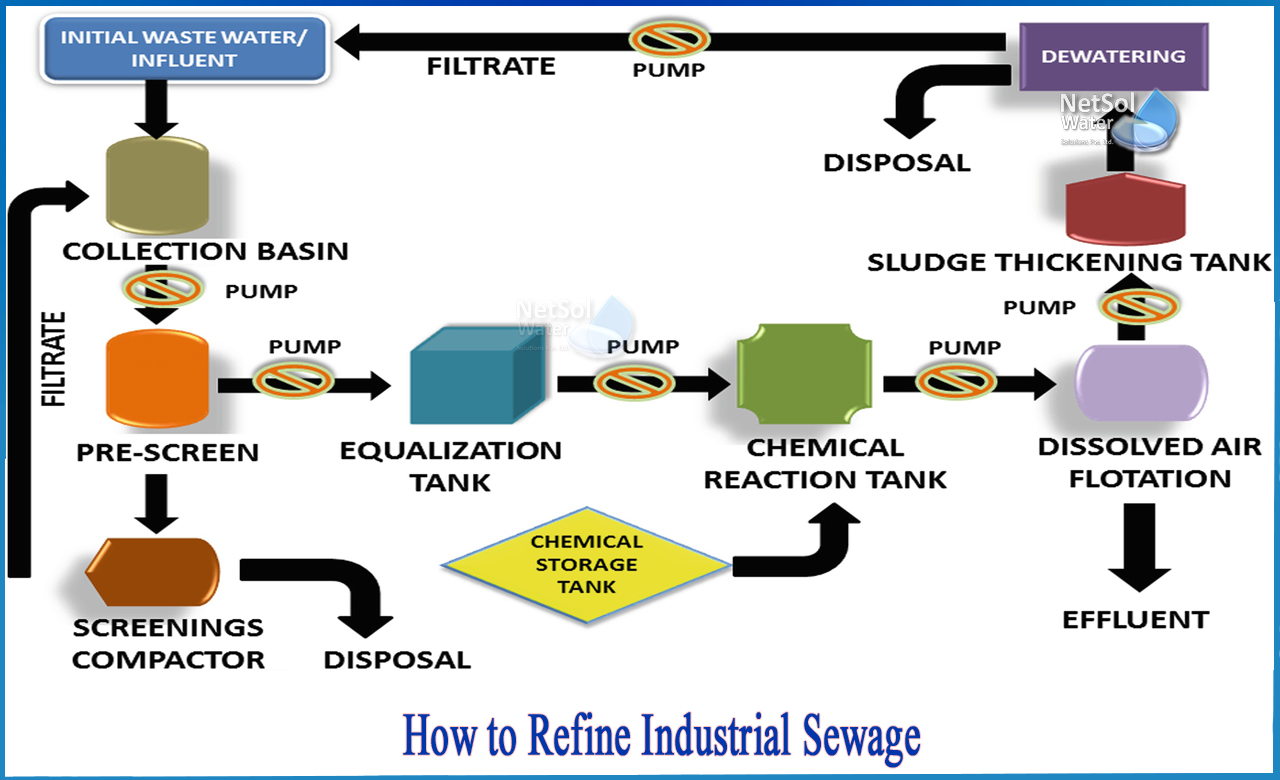Industrial Waste Water Treatment-- Eco-Friendly Solutions for Water Recycling
Industrial Waste Water Treatment-- Eco-Friendly Solutions for Water Recycling
Blog Article
Developments and Advances in Industrial Waste Water Treatment Technologies
The landscape of industrial wastewater treatment is undertaking a transformative shift, driven by developments that improve both effectiveness and sustainability. Arising modern technologies, such as membrane layer bioreactors and microbial fuel cells, are redefining contaminant removal procedures while contributing to energy generation. In addition, source recuperation methods are acquiring traction, straightening with round economy concepts. As governing requirements develop, the assimilation of AI and artificial intelligence into wastewater monitoring systems assures to guarantee and enhance procedures conformity. The complete implications of these advancements increase important inquiries about their scalability and lasting impact on sector practices.
Introduction of Drainage Treatment Technologies
Wastewater treatment modern technologies include a series of techniques developed to eliminate pollutants from commercial effluents before their release right into the atmosphere. These innovations are important for maintaining ecological balance and guaranteeing conformity with ecological laws. The primary categories of wastewater therapy consist of physical, chemical, and biological methods, each offering distinct purposes based upon the nature of the contaminants present.

Organic treatment methods utilize microorganisms to deteriorate raw material, making them specifically reliable for organic-rich effluents. Methods like triggered sludge and biofilm reactors harness the all-natural destruction capacities of bacteria, bring about significant decreases in biochemical oxygen demand (FIGURE)
Advanced Filtration Techniques
Advanced filtration techniques stand for a crucial evolution in the realm of industrial wastewater treatment, improving the efficiency of contaminant removal procedures. Industrial Waste Water Treatment. These techniques incorporate a series of modern technologies, including microfiltration, ultrafiltration, nanofiltration, and turn around osmosis, which provide sequential obstacles for numerous particle sizes and chemical structures
Microfiltration and ultrafiltration use membrane layer systems to eliminate put on hold solids, bacteria, and larger organic particles, improving the quality of effluent before further treatment. Nanofiltration links the void in between ultrafiltration and reverse osmosis, efficiently eliminating organic compounds and divalent ions, hence decreasing the tons on downstream procedures.
Reverse osmosis provides the highest degree of purification by enabling just water and tiny particles to go through its semi-permeable membrane layers, making it excellent for recovering top notch water from industrial effluents. Recent advancements in membrane layer technology, consisting of the advancement of even more fouling-resistant and resilient materials, have actually significantly improved functional effectiveness and reduced prices.
Incorporating these innovative purification strategies not only improves the general therapy procedure yet additionally adds to sustainability initiatives by allowing water reuse and resource recovery in commercial setups. (Industrial Waste Water Treatment)
Biological Treatment Innovations

Furthermore, the advancement of crafted biological my company systems, such as membrane bioreactors (MBRs), integrates organic therapy with innovative membrane layer filtration. This integration permits higher effluent high quality and reduced impact, making it ideal for space-constrained commercial facilities. Developments in genetically engineered microbes have actually additionally arised, boosting the biodegradation of specific contaminants, such as drugs and heavy steels, that are generally testing to get rid of.
Additionally, the application of bioaugmentation approaches, where valuable germs are presented to enhance the existing organic treatment procedures, has actually revealed encouraging cause boosting treatment efficiency. These technologies collectively signify a fad towards more lasting and efficient organic treatment methods that can adjust to the advancing complexities of commercial wastewater streams. As sectors continue to focus on ecological compliance, these organic developments will play an essential duty in wastewater management.

Resource Healing Methods
In commercial settings, the assimilation of resource recovery approaches has actually become progressively important for boosting sustainability and reducing waste. These techniques concentrate on removing important products and energy from wastewater streams, therefore transforming potential pollutants into recyclable sources.
One famous method is nutrient recovery, where nitrogen and phosphorus, typically existing over in wastewater, are recorded and transformed right into plant foods. This not only minimizes ecological influences yet additionally supplies a round economy service for agricultural applications. Additionally, innovations such as anaerobic food digestion permit the conversion of natural waste into biogas, a renewable resource source that can counter fossil fuel usage in commercial operations.
Additionally, progressed filtering and membrane layer modern technologies facilitate the recovery of commercial by-products such as salts and metals. These recovered materials can be reintegrated right into manufacturing procedures, reducing the demand for virgin sources.
Future Fads in Drainage Monitoring
As sectors progressively focus on sustainability, the future of wastewater administration is established imp source to go through substantial makeovers. Technical advancements, such as fabricated intelligence and artificial intelligence, will allow a lot more reliable monitoring and administration of wastewater systems. These technologies can forecast upkeep requirements, optimize therapy procedures, and enhance decision-making, ultimately decreasing operational costs and environmental influence.
Additionally, the combination of circular economic situation principles will play a vital role in wastewater monitoring. Industries are anticipated to change in the direction of systems that not just deal with wastewater yet likewise recover beneficial resources, such as nutrients, water, and energy. This transition will certainly decrease waste and advertise the reuse of products, lining up with international sustainability objectives.
Emerging treatment methods, such as membrane bioreactors and advanced oxidation processes, will certainly additionally boost the efficiency of wastewater treatment, permitting better effluents suitable for reuse. In addition, regulatory frameworks are likely to progress, stressing more stringent standards for wastewater discharge and encouraging markets to take on ingenious therapy options.
Verdict
To conclude, the development of industrial wastewater treatment technologies shows a considerable change in the direction of enhanced performance and sustainability. Innovations in innovative purification strategies, organic therapies, and resource recuperation techniques highlight the market's dedication to environmental stewardship. The assimilation of expert system and artificial intelligence additionally optimizes these procedures, making certain governing conformity find out here now and advertising a round economic situation. Continued developments in these areas will play an essential duty fit the future of wastewater monitoring and safeguarding important water sources.
The landscape of commercial wastewater treatment is undertaking a transformative shift, driven by advancements that improve both efficiency and sustainability.Wastewater therapy innovations include a variety of approaches made to remove contaminants from commercial effluents before their launch right into the atmosphere.Taking advantage of the power of biological processes has led to significant innovations in the treatment of industrial wastewater.In addition, the execution of bioaugmentation approaches, where beneficial microorganisms are introduced to improve the existing organic therapy procedures, has shown encouraging outcomes in enhancing treatment performance. These innovations collectively indicate a pattern towards more effective and sustainable biological therapy approaches that can adjust to the advancing complexities of industrial wastewater streams.
Report this page